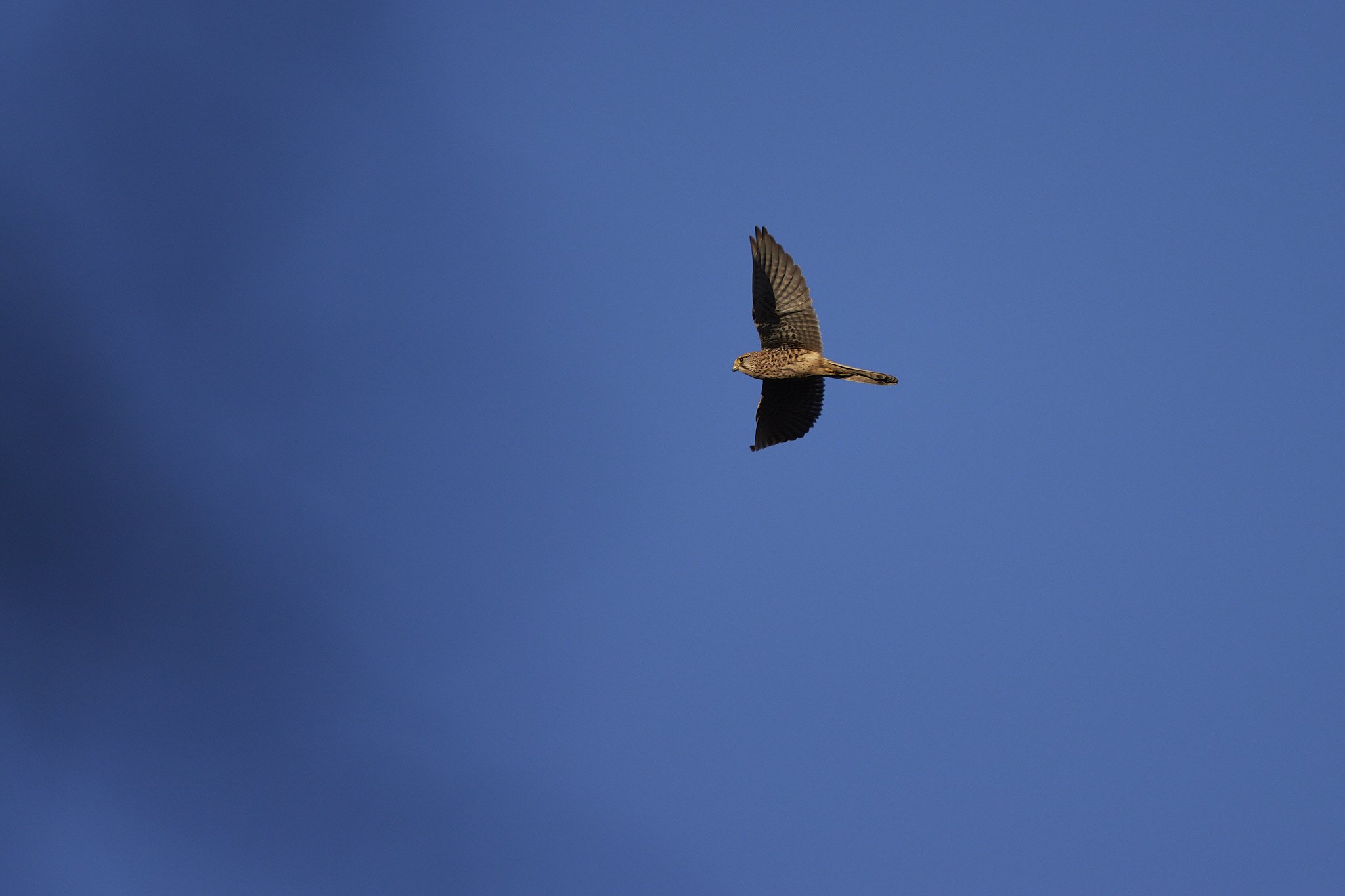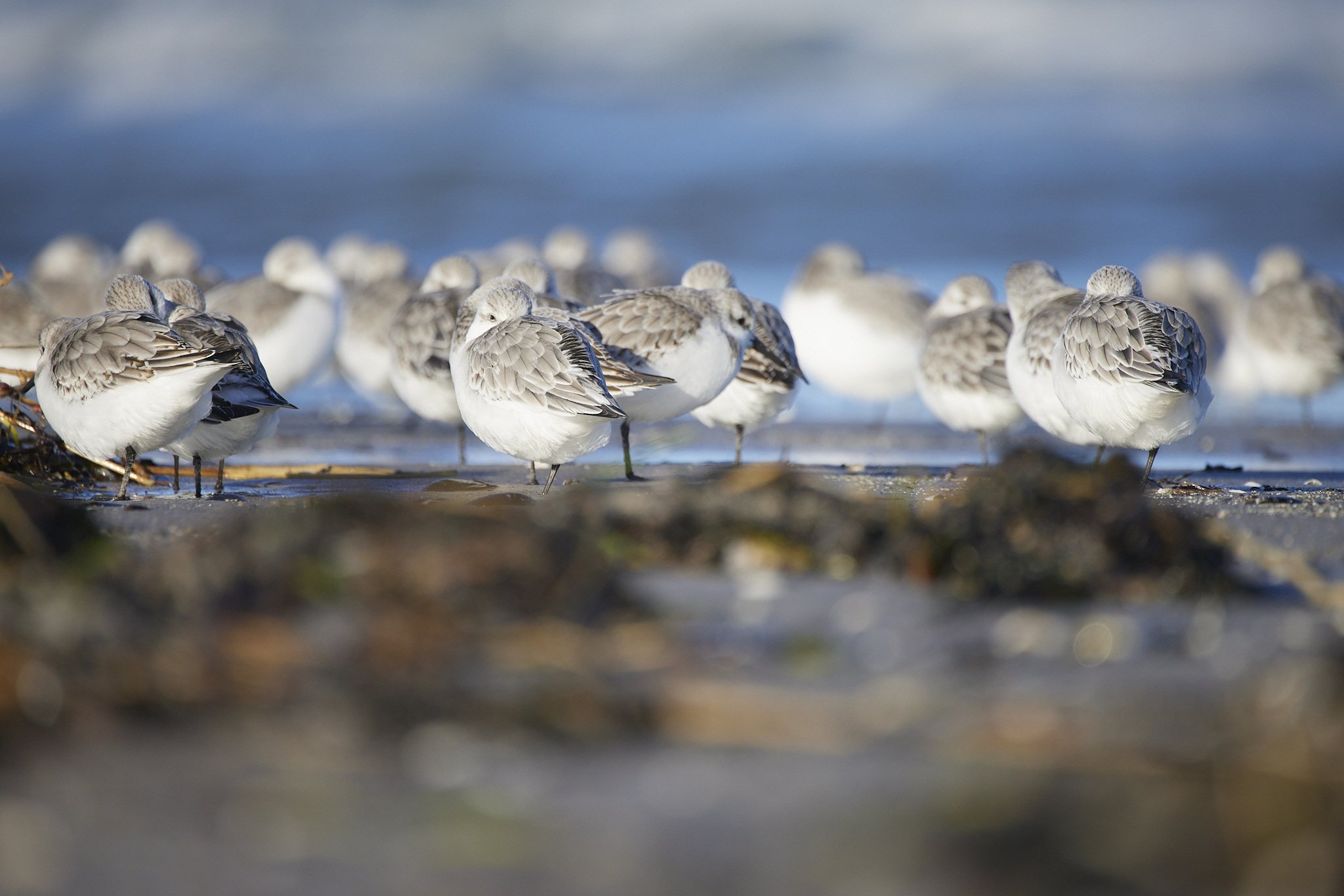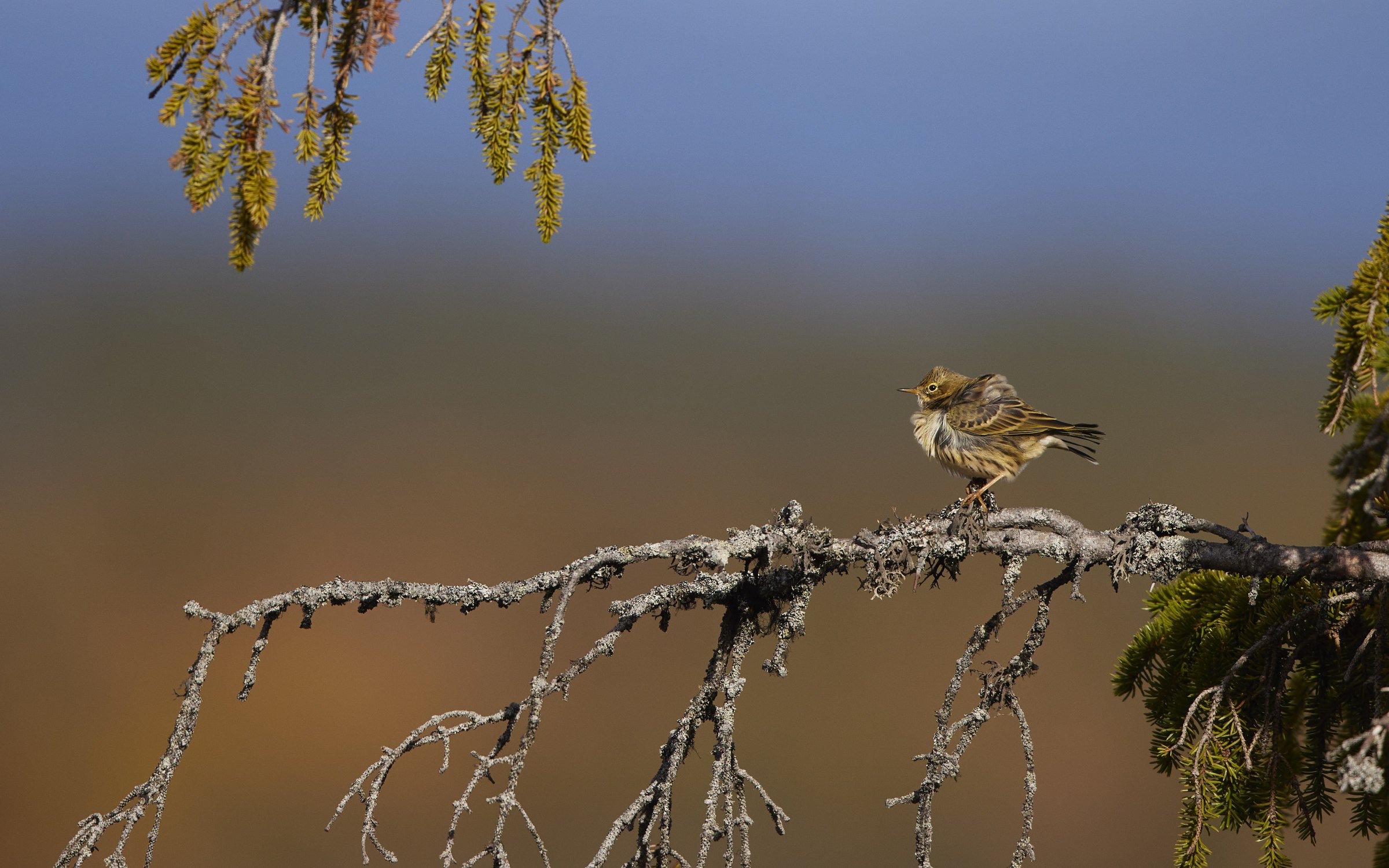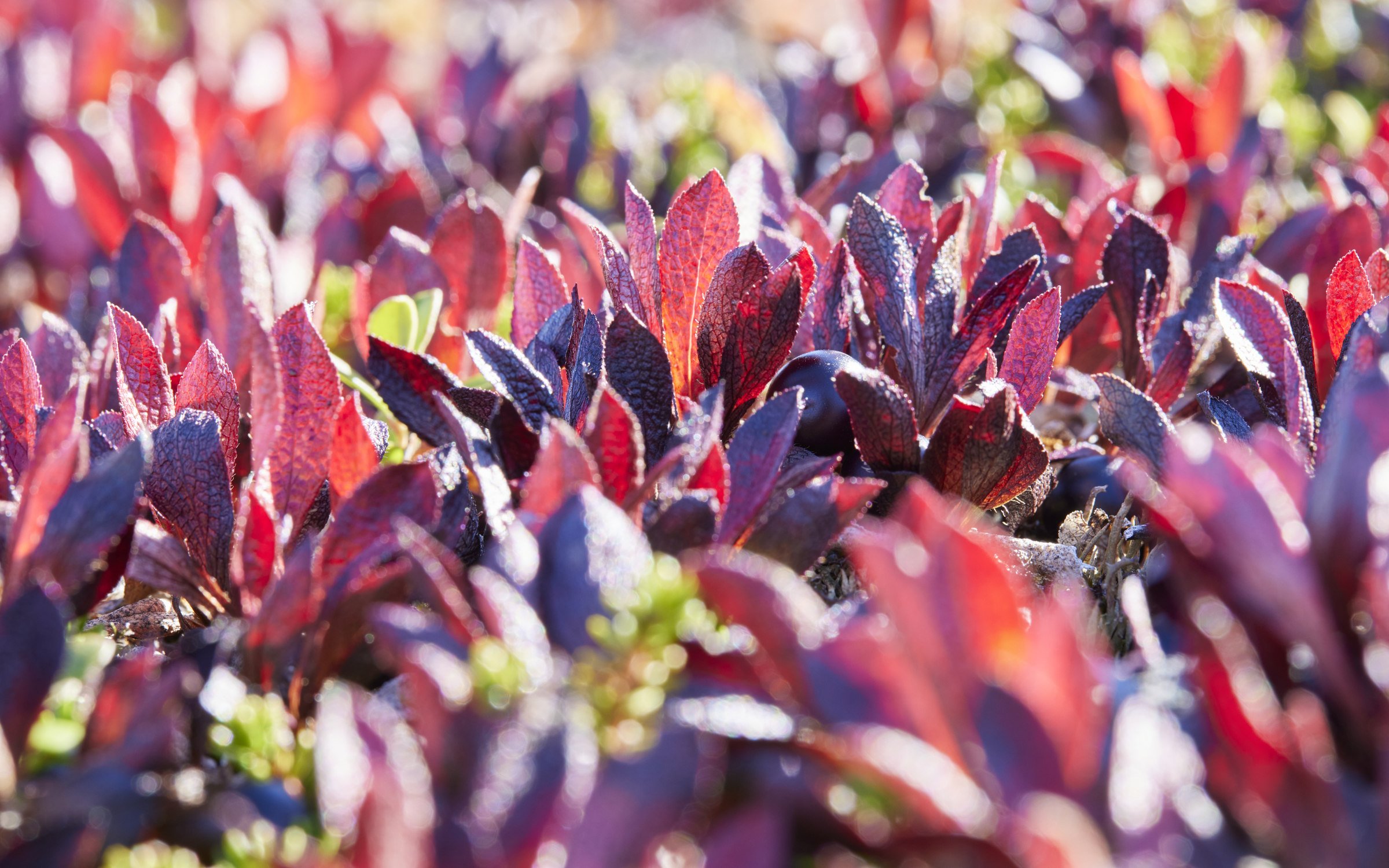Harz mountains: Nature’s building site
The Harz mountains are a classic Mittelgebirge. Its highest summit the Brocken sits only 1,141 m above sea level but features a Scandinavian or Alpine climate. The mountain range was subject to centuries of mining which lead to the plantation and harvest of fast growing spruce monoculture. In recent years, the Harz lost nearly 75 percent of the spruce biomass to a combination of climate change, heat, drought and the bark beetle benefitting from all of it. The erstwhile dense spruce forests seem dead to a lot of people, but it is not. The local national park (Nationalpark Harz) does not intervene with natural processes and lets nature do its very own rewilding programme. Especially the standing Coarse woody debris and the open space attract a lot of pioneer species and lead to a renewed ecological succession. What many perceive as dead is actually more biological diverse and species-rich than the plantations, we learned to know as “nature” (if you are interested in an in-depth explanation, check the embedded video). Losing the spruce monoculture is actually a win for bio-diversity.
Winter photography at Oderteich
Oderteich - a barrier lake - sits at the heart of the national park. It was a quite obvious location choice. You can experience all changes of the ecological succession here. Living spruce, dying spruce, dead but standing spruce, windthrown spruce, pioneer plants such as white birch or mountain-ash; and of course the winterly lake with ice, frost, snow, open water, and mute colors in all its glory.
I know the place really well, but this visit was a true first for me. We were a group of twelve (ish) and everyone was on his or her own and together at the same time. Wandering alone or sharing ideas or thoughts and working, slowly and deliberately their crafts. I felt a little shy in the beginning and was completely unused to this style of photography, usually preferring to be a lonely wanderer with animals as my hasty subject. So I did not take a lot of images. But I learned a lot. Thank you, for the experience, my friends!




























































































